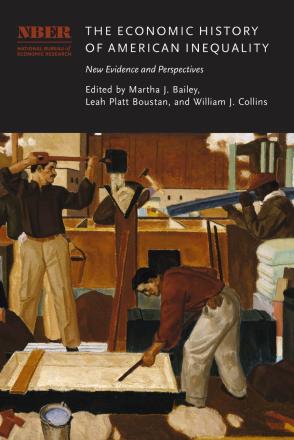A Real Great Compression: Inflation and Inequality in the 1940s

The 1940s stand out as a unique period of substantive compression in wage inequality in the US. In their seminal paper, Goldin and Margo (1992) document a significant narrowing in nominal wage differences across the board—by education, job experience, and occupation. Yet the American economy also experienced unusually high inflation during this decade. Different types of households may have experienced different rates of inflation, causing the shift in real wage inequality to differ from the shift in nominal wage inequality. In this paper, we calculate inflation rates for different groups of households during the 1940s in order to estimate changes in the distribution of real wages. Using micro-level data from the 1935–1936 Consumer Expenditure Survey for a sample of about 2,000 urban families, we construct consumption baskets by education, occupation, and income. We compute group-specific price indexes by matching the spending shares to price indexes for specific items published in various historical reports. Differences in inflation across groups in the 1940s turn out to be small because spending shares were similar across groups. Therefore, the real wage distribution compressed by about the same amount as the nominal wage distribution. The Great Compression was “real” after all.
-
Copy CitationCarola Frydman and Raven Molloy, The Economic History of American Inequality: New Evidence and Perspectives (University of Chicago Press, 2024), chap. 2, https://www.nber.org/books-and-chapters/economic-history-american-inequality-new-evidence-and-perspectives/real-great-compression-inflation-and-inequality-1940s.Download Citation


